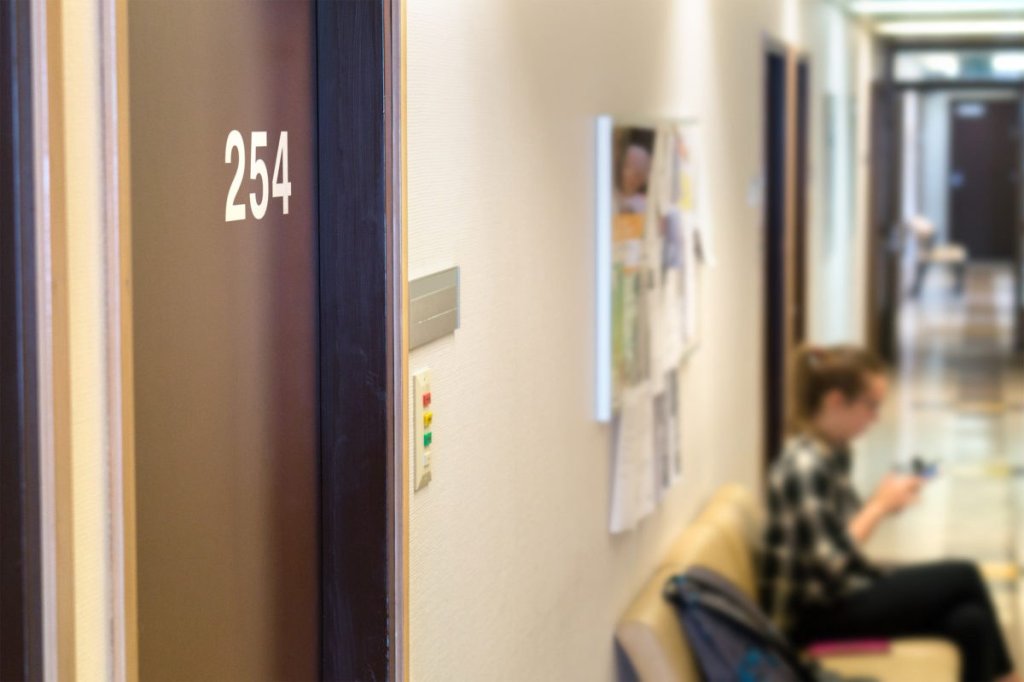Ensuring an efficient interior layout might be not the easiest task to complete. However, with high-quality door numbers, wayfinding becomes much more convenient for both visitors and employees. Nonetheless, to choose good door numbers, you need to consider several factors. Answering the most concerning questions will help you avoid any difficulties in the process and ensure proper navigation in your facility. So let’s get down to business!
The Choice of the Material
A good material from which a door number is manufactured is one of the milestone features. Materials not only affect the appearance of a plaque but also determine its longevity. Choosing signs made of cheap but low-quality materials won’t cut down your expenditures. You will need to spend even more to substitute a sign after its short service time. That’s why it’s better to look for durable but aesthetic materials at the same time. The Bsign Store, for example, offers great acrylic number signs. Acrylic glass isn’t the only good material but it has some obvious advantages.

Why Acrylic Glass is Good?
- Durability: Acrylic glass is more solid than ordinary glass. With proper maintenance and care, such a door plate will serve for a longer time.
- Lightweight: While being stronger than ordinary glass, acrylic glass is more lightweight. This allows us to avoid some problems during the transportation of multiple plaques.
- Easy to clean: Wood is also a durable material but when a poor finish is applied, it can quickly get covered in spots. All you need to clean acrylic glass is a piece of soft fabric and some soapy water.
- Transparent: Stainless steel is even more durable and easier to maintain than acrylic glass. However, with stainless steel door signs, you cannot achieve the same visual effect. This might be quite important in terms of the overall interior design.
The Numbering System
Choosing acrylic door numbers is just our recommendation but not a necessity for your space. However, when it comes to the numbering system, there can be no recommendations — only rules and standards.
The trick is that the numbering system determines how convenient the overall wayfinding in your space will be. Considering that, you should choose the easiest system to understand and comprehend even in emergencies, which is a sequential one. Everything is simple here — rooms should be numbered one by one in a clockwork order. This sort of wayfinding is convenient and naturally understandable.
Adding Extra Information on a Plaque

In certain facilities like offices, hospitals, and educational institutions, different rooms are used for different purposes. So, we recommend you define these purposes on door number plaques. Knowing that it’s not just room #9 but a meeting room, a visitor to your office will feel more confident. The same works for an average patient in a hospital who will be looking for a therapeutic room but not just for “room #14”.
With all these tips applied, you will be able to set up a straightforward and understandable wayfinding system in your space.

